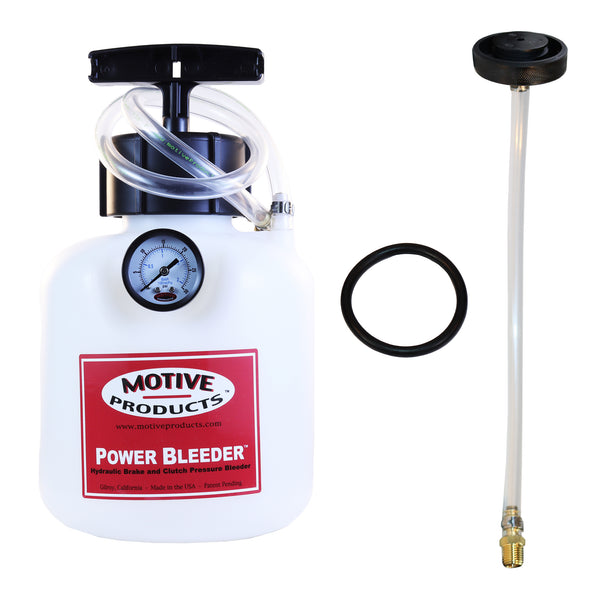I’m getting into a brake fluid change on my 92 LX. The picture shows I have the master cylinder cap off and you see the float in there. Can I just reach down in there with needle nose and pull that float out? The reason I want to do that is I want to start by siphoning out as much of the old fluid from the reservoir as I can. Right now the float is just sort of in the way. Will it just lift up out of there? Thanks.










